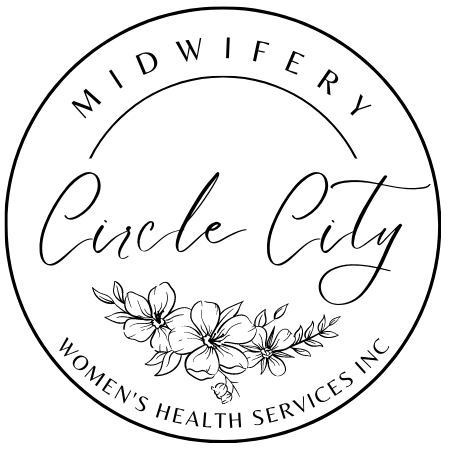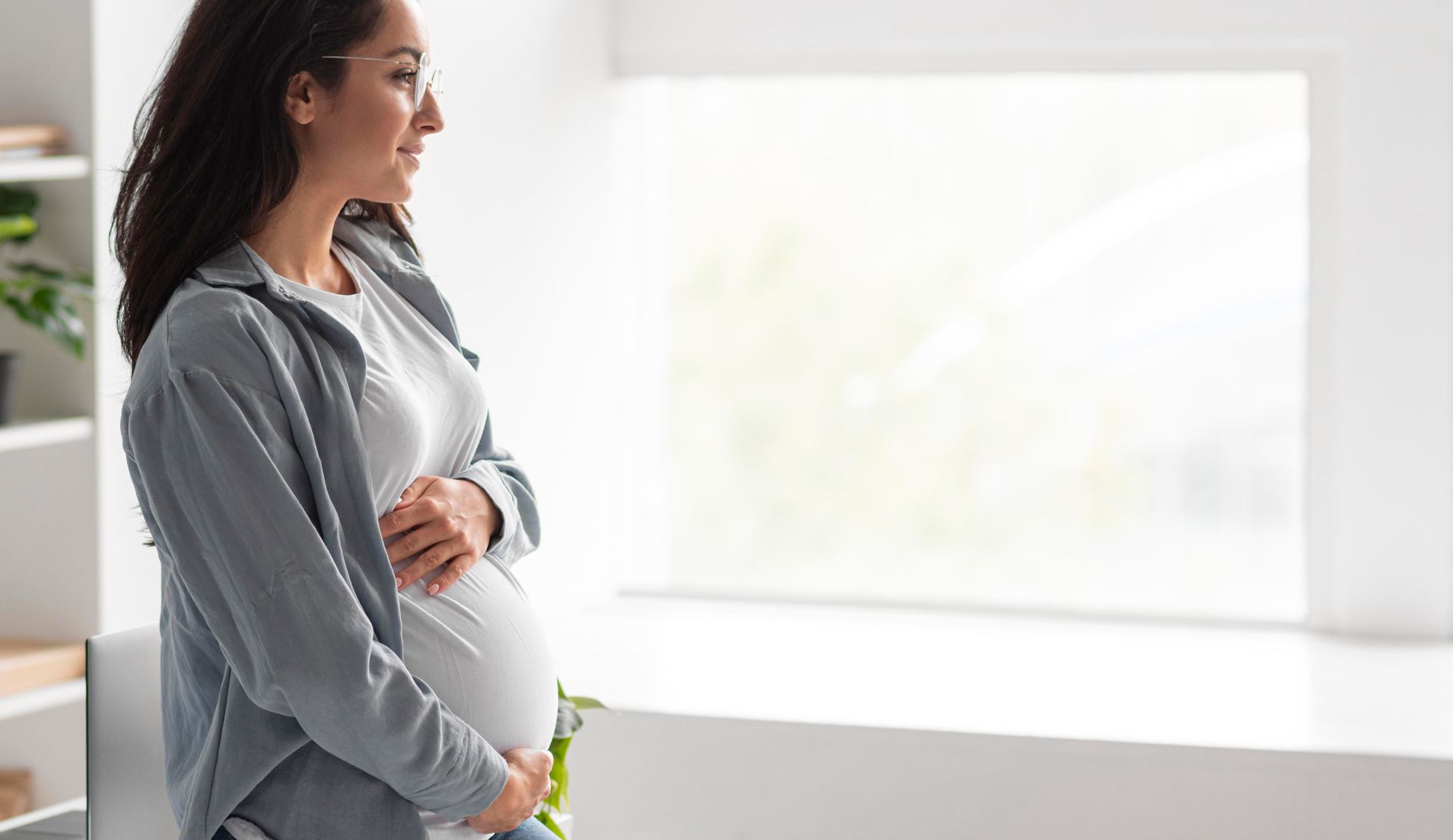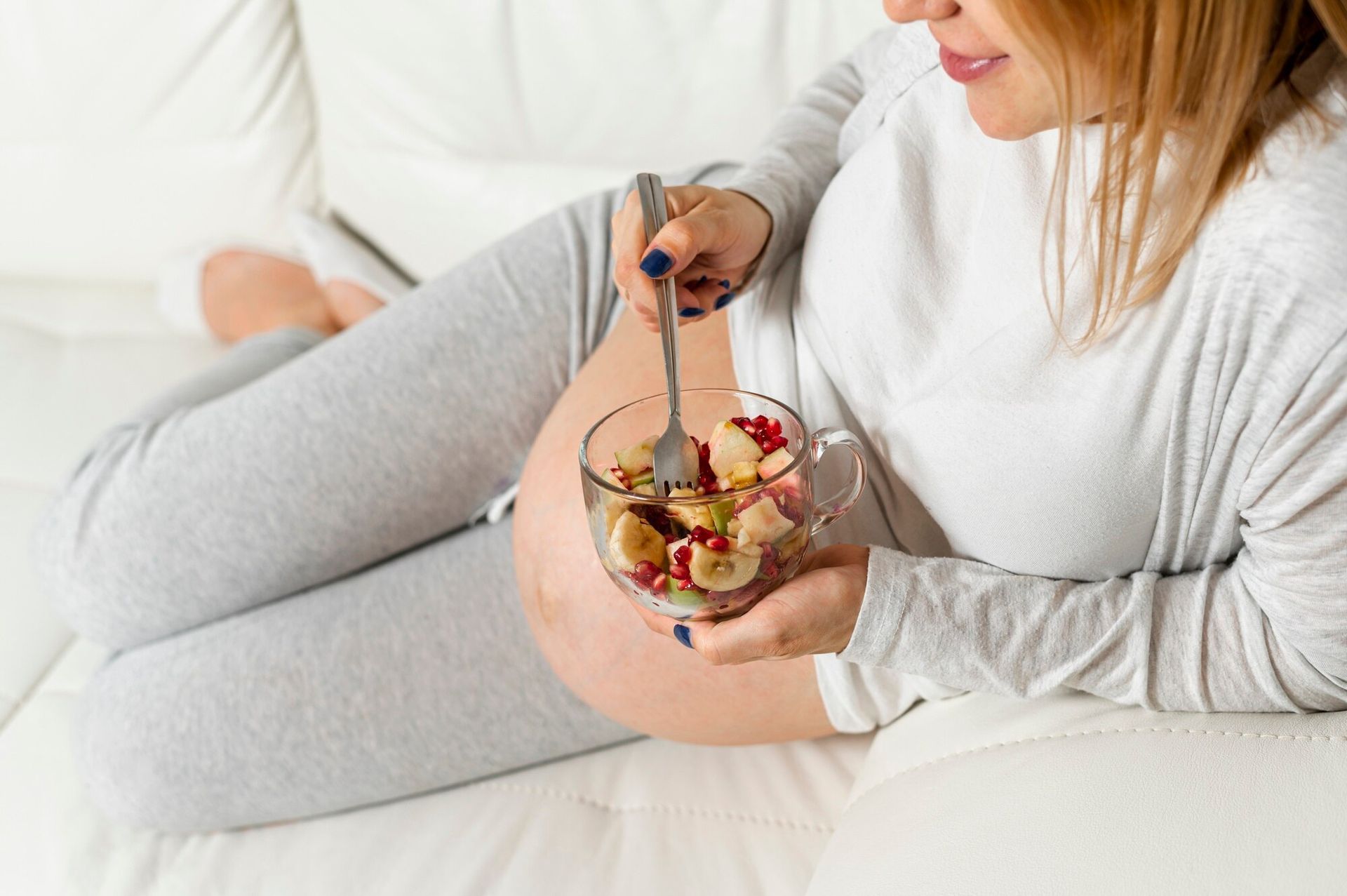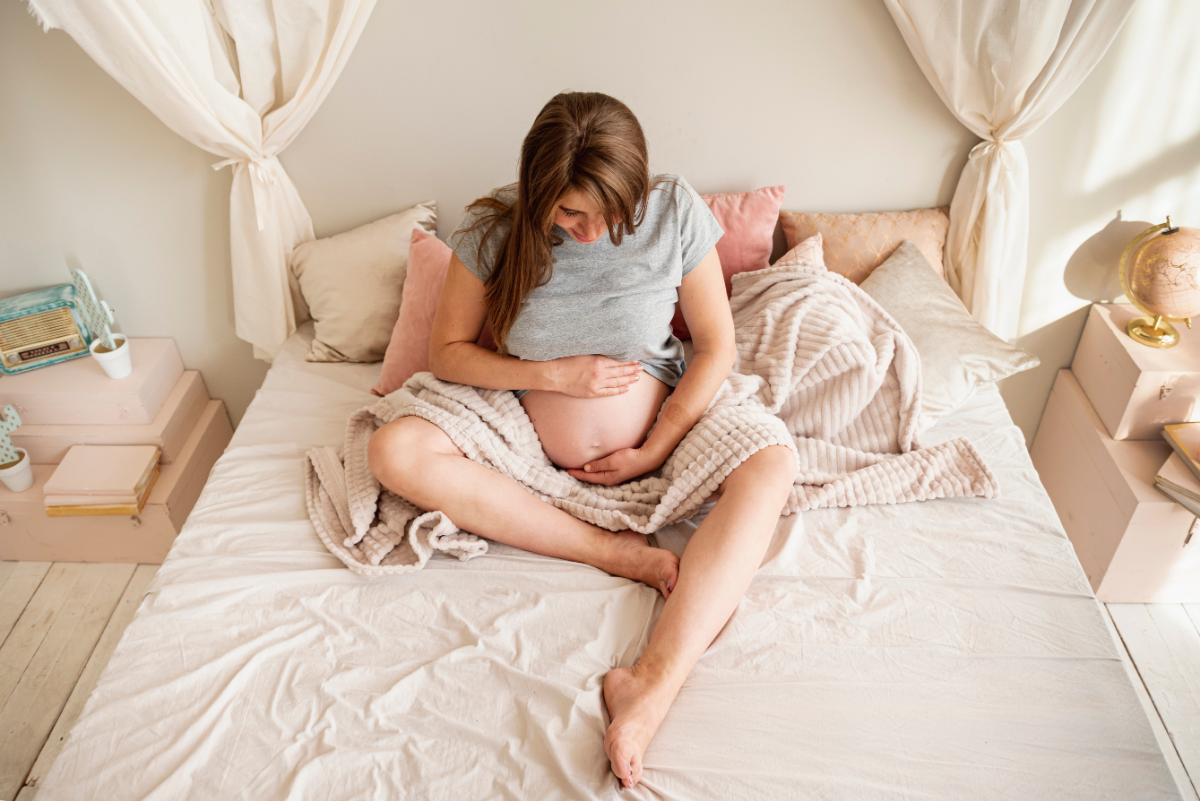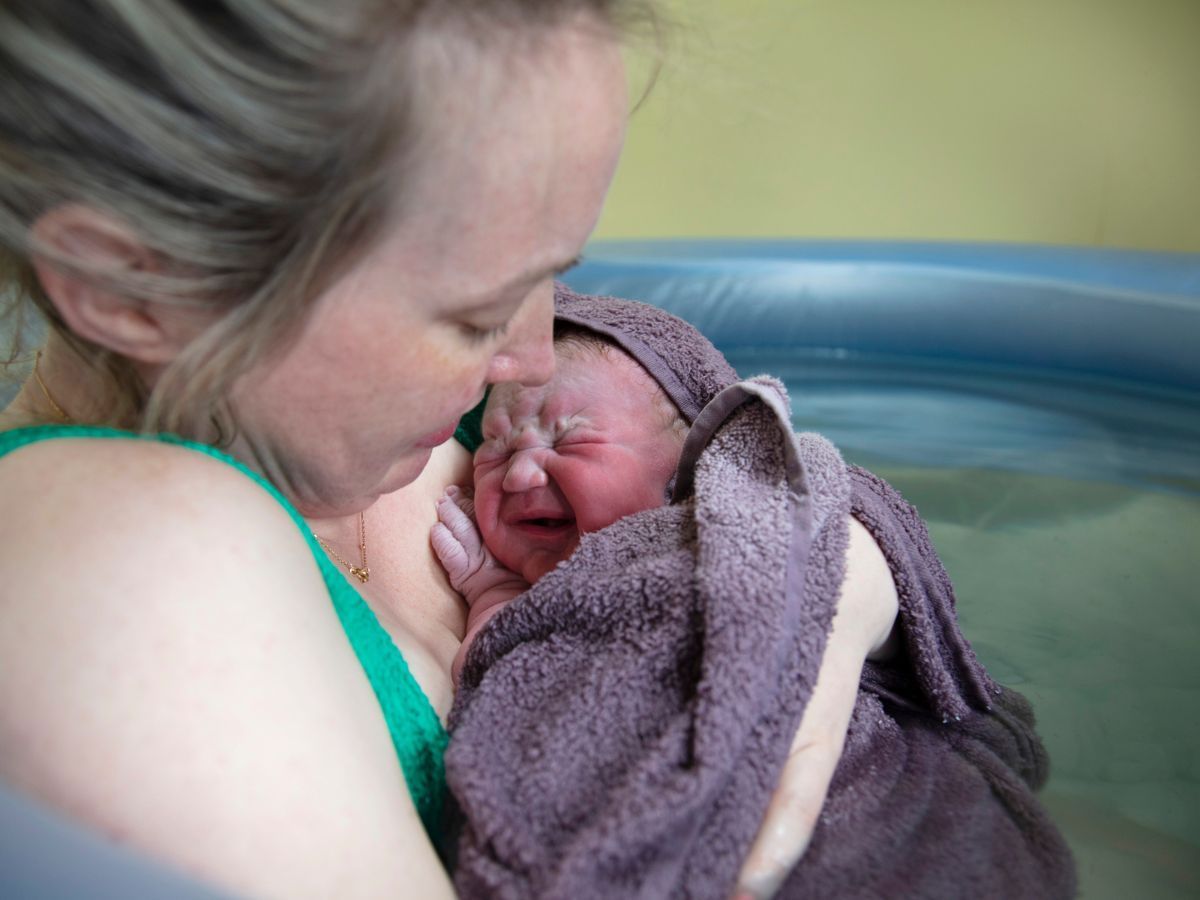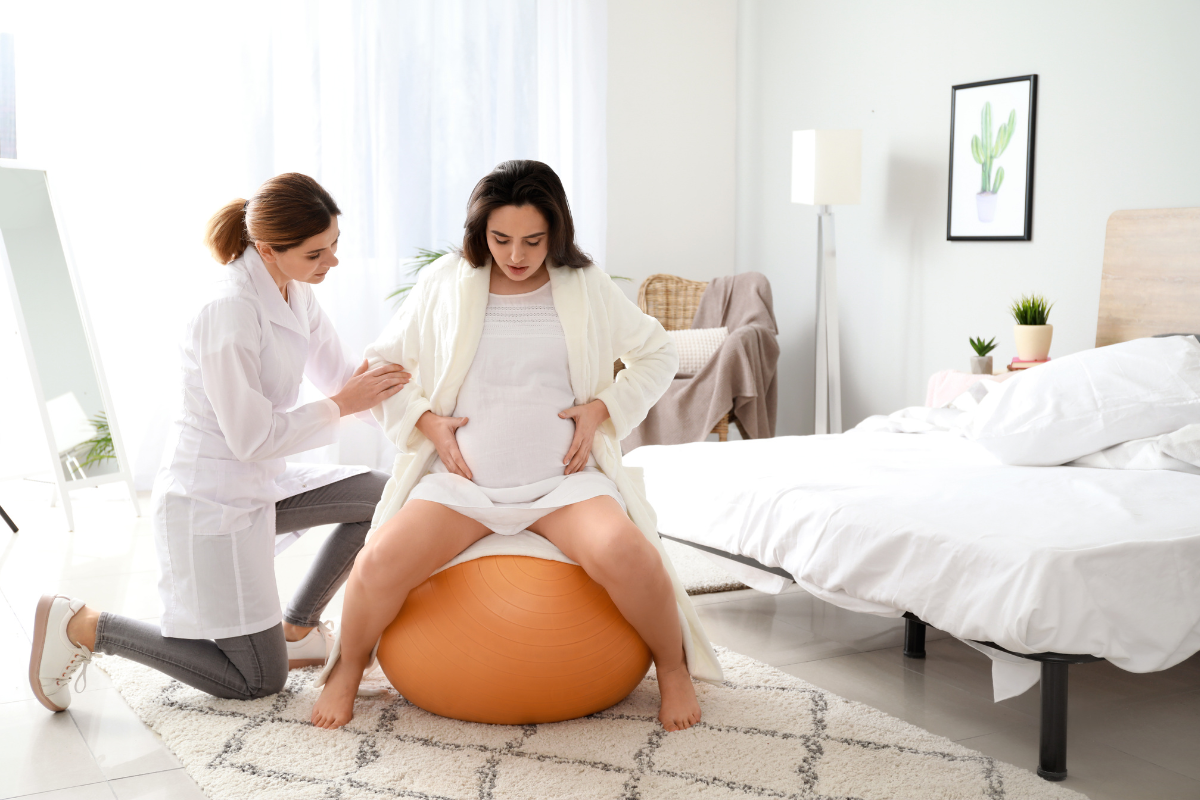The Ultimate Guide to Different Types of Menstrual Products
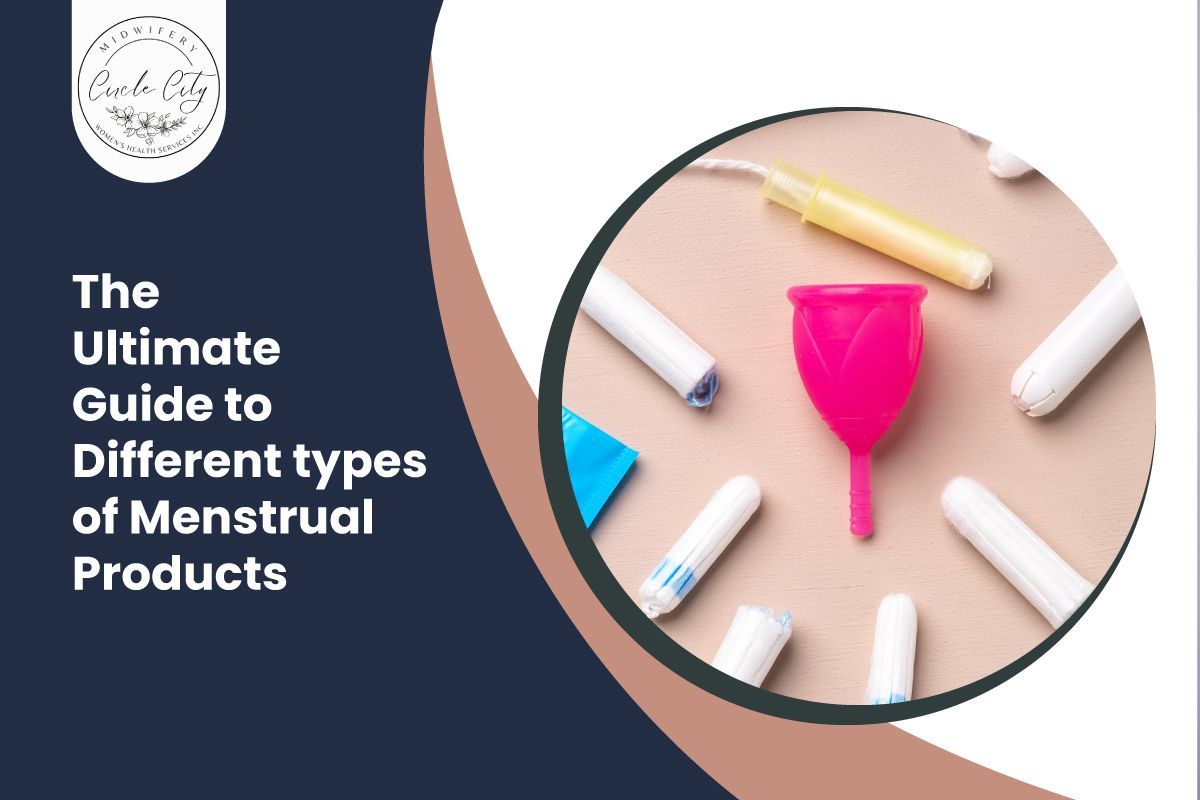
Menstruation is a natural process you go through every month, but it can be uncomfortable and inconvenient. Finding the perfect menstrual product for your lifestyle and body can be tricky, with many available options. However, finding the right one can significantly affect your comfort.
That's why we created this ultimate guide to the different types of menstrual products and their features.
4 Main Types of Period Products
Menstrual products allow you to participate in sports, social events, and everyday activities without worrying about leakage or discomfort. There are four common types of sanitary products for menstruation.
1. Pads
Also known as sanitary napkins, pads are typically made from soft, absorbent materials such as cotton or cellulose. You place pads on your underwear, which come in different shapes, sizes, and absorbencies to accommodate different levels of menstrual flow. Some pads have an adhesive backing to keep them in place, while others have wings that fold over the sides of underwear to provide extra protection against leaks. Here are the different types of pads:
- Disposable pads: Disposable pads are designed for one-time use, and users should discard them after each use. It is necessary to change disposable pads regularly to maintain hygiene and prevent discomfort
- Reusable pads: Menstrual pads, also known as cloth pads, are washable and reusable. It's available in various materials, such as cotton, bamboo, or hemp. Reusable pads are eco-friendly and cost-effective but require proper washing and care.
- Panty liners: You can use these smaller and thinner versions of pads on light flow days or as a backup for menstrual cups or tampons.
2. Tampons
A tampon is placed in the vaginal cavity to absorb menstrual blood. They come cylindrical and offer a choice of absorbent materials, including cotton, rayon, or a combination. Below are the different types of tampons:
- Applicator tampons: This type comes with a plastic or cardboard applicator, which you can use to help insert the tampon into the vagina. Applicator tampons are a popular choice for those new to using tampons or who prefer the added ease and comfort an applicator provides.
- Non-applicator tampons: These types do not come with an applicator and are inserted into the vagina using your fingers. They are generally more eco-friendly than applicator tampons, as they produce less waste and are more cost-effective.
3. Menstrual Cups
These menstrual products are small, flexible, bell-shaped cups of silicone, rubber, or latex. You should insert the menstrual cup into the vagina, where it creates a seal to prevent leakage and collect blood. Menstrual cups are reusable; you can empty and rinse them several times daily. They are a popular alternative to tampons and pads, as they are eco-friendly and cost-effective, and you can wear them for up to 12 hours. Here are the three kinds of menstrual cups:
- Silicone cups: This type of menstrual cup is made from medical-grade silicone, which is hypoallergenic and durable. They are flexible and easy to insert, and you can reuse them for several years with proper care.
- TPE cups: Thermoplastic elastomer cups are made from plastic and rubber. They are soft and flexible, making them comfortable to wear, and they are often more affordable than silicone cups.
- Latex cups: This menstrual cup is made from natural rubber latex. While they are more eco-friendly than disposable menstrual products, they are not as commonly used as silicone or TPE cups due to concerns about latex allergies and their tendency to degrade quickly over time.
4. Period Underwear
Period underwear typically features a built-in absorbent layer that can hold anywhere from one to several tampons' worth of fluid and a moisture-wicking layer that helps keep the wearer feeling dry and comfortable. You can wear it alone or as a backup to other menstrual products.
- Disposable period underwear: This type of period underwear is for single use, and users must throw it away after use. Manufacturers typically make it from materials like pulp and synthetic fibers, and it can hold varying amounts of menstrual fluid depending on the brand and style.
- Reusable period underwear: Reusable period underwear is an eco-friendly option that can save money in the long run. However, it requires regular washing and proper care to maintain its effectiveness. It is commonly made from a combination of absorbent and moisture-wicking fabrics such as cotton, bamboo, and spandex, and it can hold varying amounts of menstrual fluid depending on the brand and style.
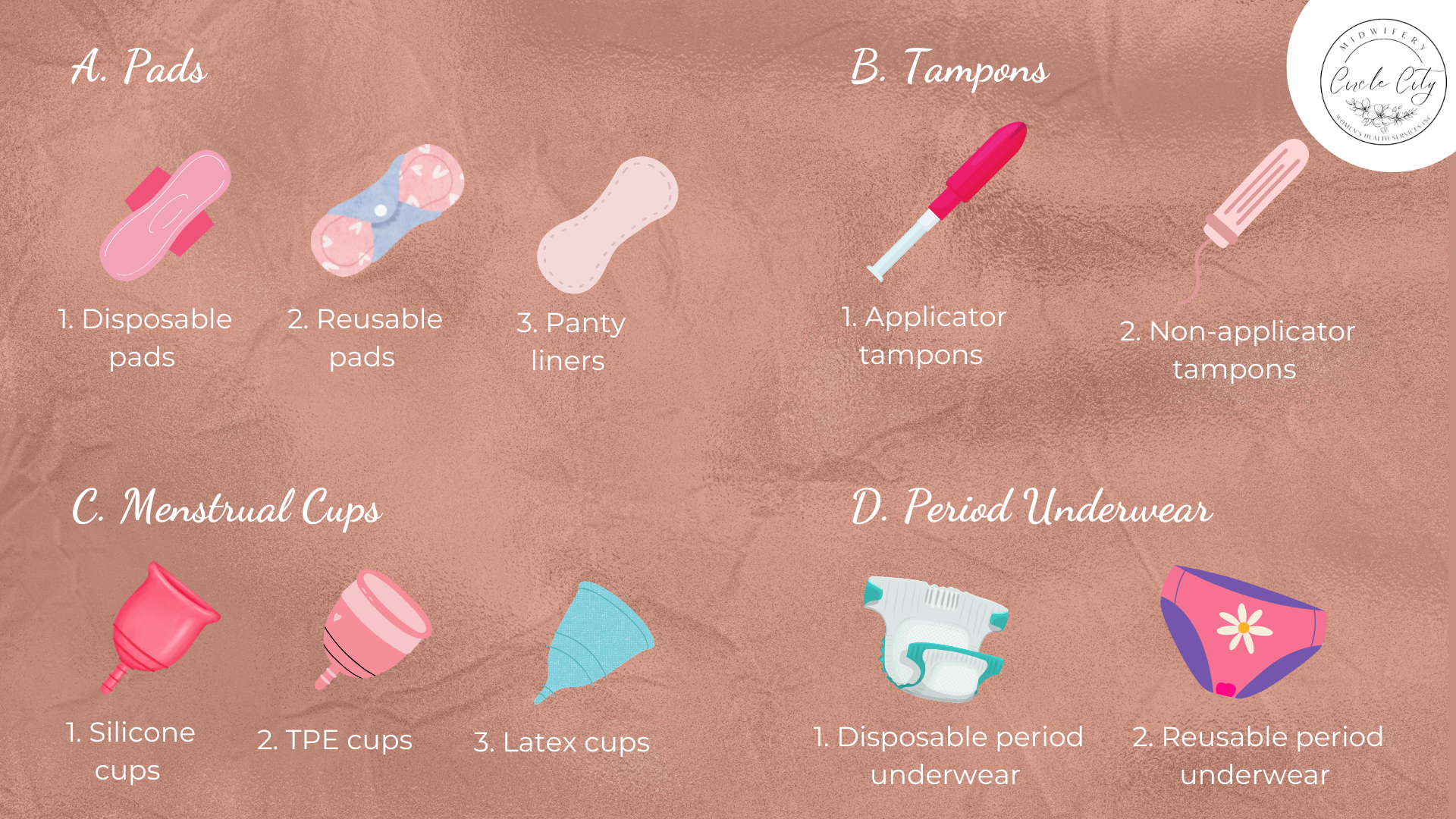
Factors to Consider When Choosing Menstrual Products
Here are some essential factors to consider when choosing menstrual products:
1. Flow level: Choose a menstrual product with appropriate absorbency for your flow level. Pads and tampons have different absorbencies, and menstrual cups and period underwear have different capacities.
2. Comfort: Comfort can vary depending on the insertion method, materials, and size, so it's essential to choose a product that works well for your body and lifestyle.
3. Sustainability: Opting for eco-friendly and sustainable menstrual products such as reusable pads, menstrual cups, and period underwear can help reduce waste and protect the environment
Frequently Asked Questions
It's common to have questions about which product will work best for your unique needs. Below are some frequently asked questions about choosing different types of menstrual products.
1. Can you swim with a period pad?
Swimming with a period pad is not recommended. It may not stay in place and may cause leakage. It is better to use a tampon or menstrual cup while swimming.
2. How often should you change menstrual products?
We recommended changing menstrual products every 4-6 hours, depending on the flow level. It is important to change them regularly to prevent odor, infection, and leakage.
3. How to dispose of menstrual products?
Disposable menstrual products should be wrapped in toilet paper or a wrapper and thrown away in a trash bin. Avoid flushing them down the toilet since they can block it. Reusable menstrual products should be washed and dried according to the manufacturer's instructions.
4. What is the best period product?
The answer will vary depending on the specific factor you are considering, but we are happy to recommend the best options for your needs.
Best menstrual products for heavy flow
- Menstrual cups (silicone or TPE) have a higher capacity than pads and tampons and can provide up to 12 hours of protection.
- Period underwear (reusable): They have built-in absorbent layers that can hold a lot of fluid.
Best menstrual products for light flow
- Panty liners (disposable or reusable) are ideal on light-flow days or as a backup for other menstrual products.
- Non-applicator tampons: They are suitable for light flow and can be more comfortable than pads.
Best menstrual products for sensitive skin
- Reusable pads are made of natural fibers like cotton, bamboo, or hemp and do not contain any chemicals or fragrances that may irritate them.
- Organic tampons are made of organic cotton and do not contain any chemicals or synthetic materials that may cause sensitivity.
- Menstrual cups (silicone or TPE) are hypoallergenic and safe for sensitive skin.
Flow With Comfort: Choose The Right Period Product For You!
When it comes to menstrual products, there is no one-size-fits-all answer. Choosing the right product for your flow, lifestyle, and comfort level is important to help you easily manage your period. Whether you prefer tampons, pads, menstrual cups, or period underwear, each product has unique benefits and features that make your period more comfortable and convenient.
Your reproductive health is an important part of your overall health. That's why it's essential to seek quality
gynecological care, whether you require routine check-ups or specialized treatment.
At Circle City Midwifery, we are committed to providing compassionate and personalized care to meet your unique needs. With our focus on patient-centered care, you can trust that you'll receive the attention and expertise you deserve! Contact us today at 951-547-4208 or email
info@ccmidwifery.com
CIRCLE CITY MIDWIFERY
& WOMEN'S HEALTH SERVICES, INC
OUR LOCATION
1353 Old Temescal Rd, Ste. 103,
Corona, CA 92881
RESOURCES
Circle City Midwifery | All Rights Reserved.
